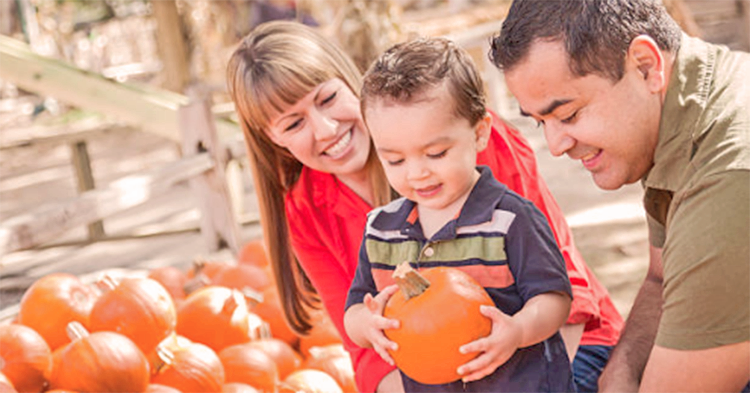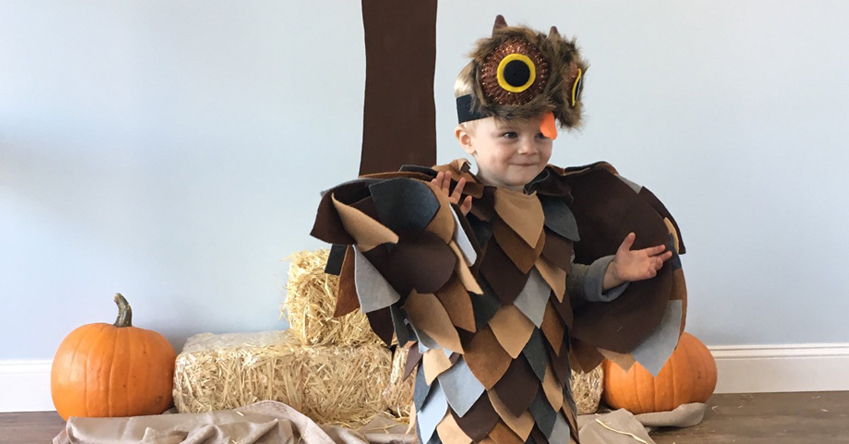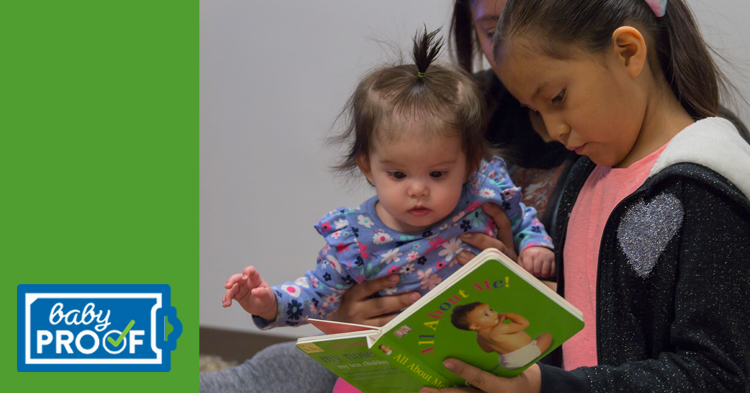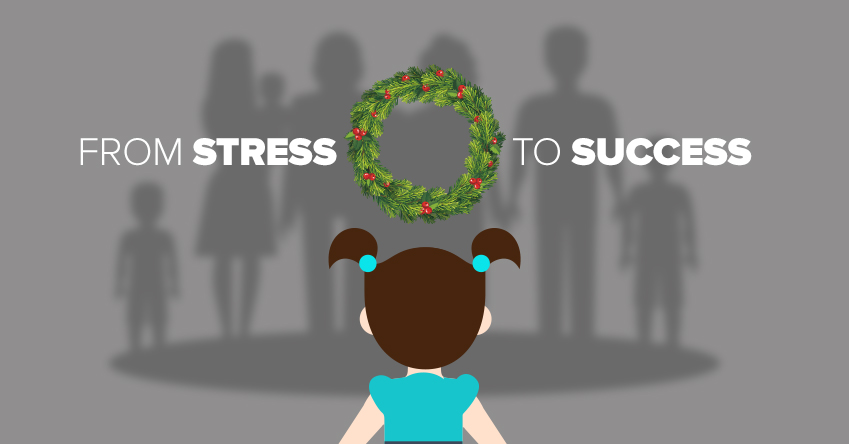
Halloween can be a fun time of year, but for infants, toddlers and preschoolers – who often can’t distinguish between fantasy and reality – scary experiences can ruin the holiday.
Easing young children into Halloween is one of the best ways to have a smooth and safe holiday for young children. For parents and caregivers, being on the lookout for fears and anxieties about Halloween is the first step.
Know that fear is a common experience for young children exploring the world around them, not just on Halloween. This type of social-emotional learning is a large part of early childhood. Helping young children work through their emotions is a skill that will serve them later in life.
According to the American Academy of Pediatrics, parents are encouraged to talk to their child about their fears and anxieties with a sympathetic ear.
- Do not belittle or ridicule your child’s fears, especially in front of his peers.
- Do not try to pressure your child into being brave. It takes time to confront and overcome anxiety.
- Instead, a parent can encourage, but not force, them to progressively come face-to-face with the fear.
First Things First offers these additional tips for minimizing anxiety and helping young kids enjoy Halloween.
Teach kids the difference between real and imaginary. One way to do this is to connect to something kids already do – like playing dress-up or pretend. Talk with your child leading up to Halloween about how people will be dressed up and how costumes – while some can be scary –aren’t real.
Choose costumes and decorations carefully. Something may be cute or funny to us, but uncomfortable, scary or downright dangerous to young kids. Consider how long your child will wear a costume. Avoid masks, which can be scary and restrict vision; try face-painting instead. If your child is old enough, let her help choose a costume.
Practice for trick-or-treating. This is more than just what to say to get candy. Talk about holding hands when crossing the street and going only to well-lit homes. Remind kids that some people will be strangers, but that you will be with them the entire time.
On the big night. Go trick-or-treating early in the evening. Stay with your children always. If your child is fearful, don’t tell them to not be afraid. This invalidates their concerns and may prevent them from expressing anxieties later on. Remind them that you are there to protect them.
Choose treats wisely. Hard candies, gummy snacks and caramels get stuck in tiny teeth and can cause tooth decay. The best selection of treats is plain chocolate, which melts easily. In addition, look out for very small treats or toys with small parts, which can be choking hazards.
Make holiday learning fun. Engage your child in family traditions, like baking seasonal favorites or carving pumpkins. Read books about Halloween. Talk about your past Halloweens and ask kids to share what they like about the holiday.
By following these simple tips, parents and caregivers can make this time of year fun for the entire family, especially those new to Halloween.
Updated from 2018




